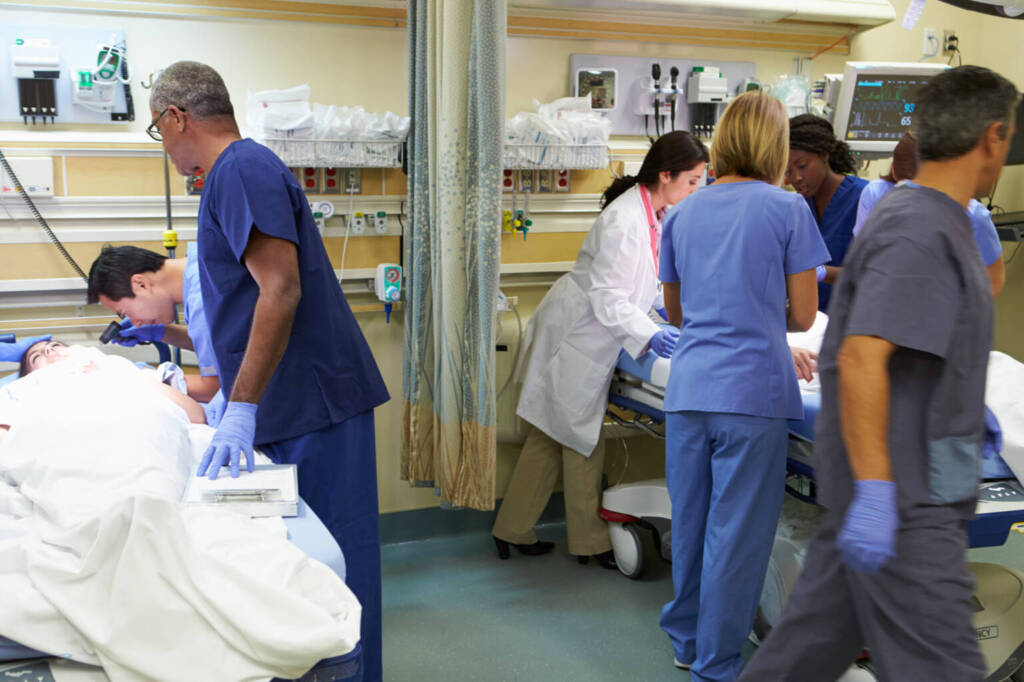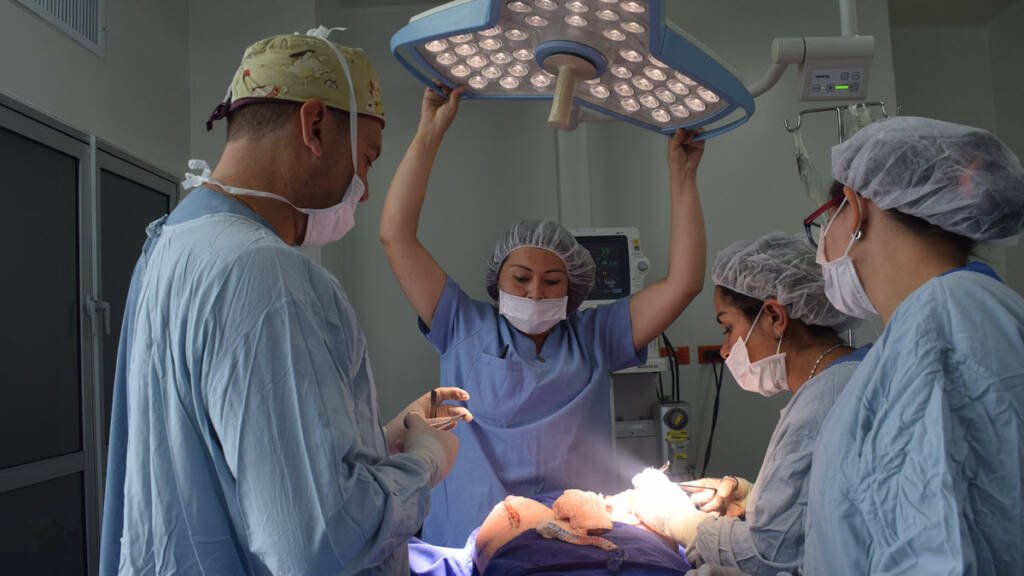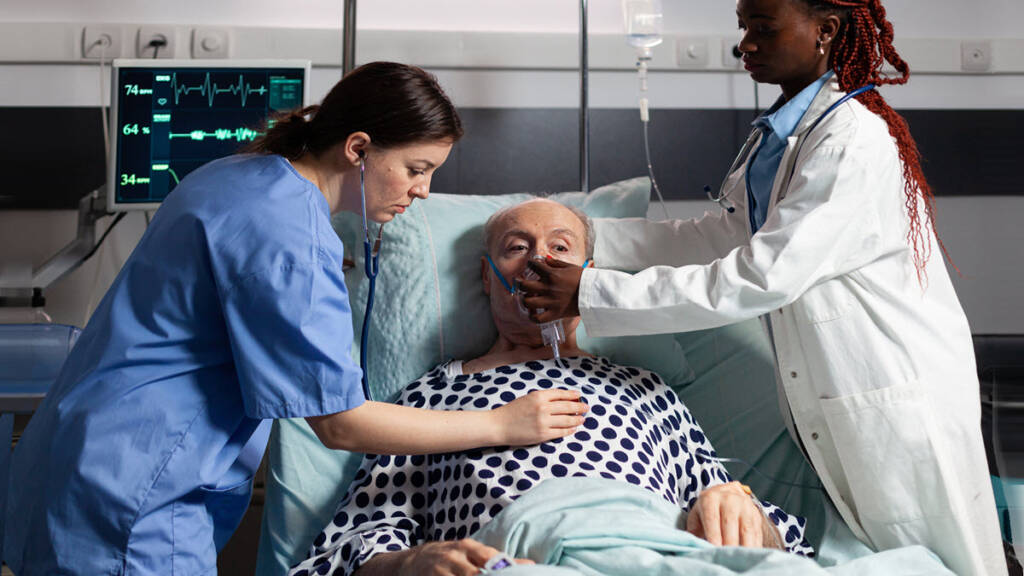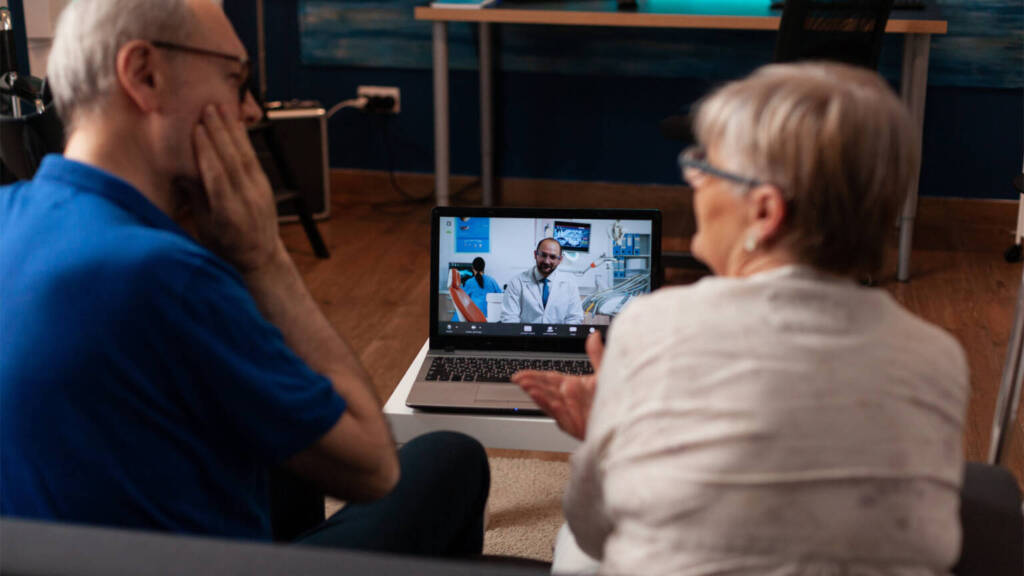What we do
Safeguarding Patients in Multiple Settings
Our remote monitor system can go anywhere people are breathing. The first indication is tracking patients under sedation in recovery rooms, but our technology allows us to supervise the entire ICU general floor, check neonates in hospitals, and monitor COPD patients wherever they go.

Post Surgery
Continuous monitoring using SafeSed allows early identification of hypoxemic patients with respiratory compromise, permitting:
a. early interventions by clinicians
b. reduced need for reintubation
c. reduced direct costs from additional procedures and extended hospitalizations
a. early interventions by clinicians
b. reduced need for reintubation
c. reduced direct costs from additional procedures and extended hospitalizations

Monitoring during sedation
SafeSed provides a more reliable and flexible solution for monitoring during procedures requiring patient sedation, compared to the current methods (personal attention by staff, capnography and pulse-oximeter).

ICU/PACU/General floor monitoring
Consistent SafeSed bedside monitoring for patients offers remote access and management of multiple monitors at once. SafeSed allows hospitals to avoid the serious adverse outcomes from the use of opioids on non-critical patients, following recommendations by the Anesthesia Patient Safety Foundation, the Centers for Medicare and Medicaid Services (CMS), the Joint Commission and the Patient Safety Movement Foundation.

Home monitoring
Adults and infants, especially with breathing issues or home oxygen use, can be monitored constantly with SafeSed. It can diagnose breathing deterioration and instruct/suggest possible assistance. SafeSed can also integrate with other electronic medical devices and captured health data so the whole picture can be shared with the healthcare provider.
Quantitative monitoring of the volume of expired gas is strongly encouraged.
American Society of Anesthesiologists
…hospitals are expected to address monitoring for …respiratorydepression related to opioids for post-operative patients…. monitoring of ventilation may warrant … to assess breathing
enters for Medicare & Medicaid Services (CMS), 2014
No studies have been published on the effectiveness of capnography on clinically important outcomes (rescue team activation, ICU transfers, or mortality). Etco2 may not accurately reflect the Paco2 in nonintubated patients in the setting of low-tidal volume breathing or mouth breathing… Capnography may require extra training of staff members before implementation
